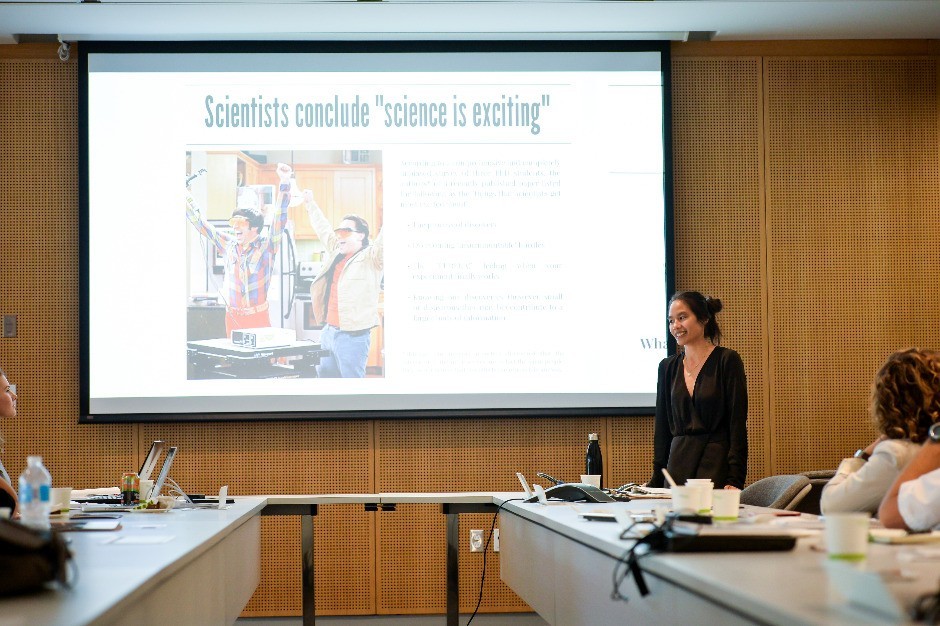‘A scientifically literate society’
Bob McDonald, host of CBC Radio’s award-winning science program Quirks & Quarks, will give the closing keynote, “Storytelling in Science.” For more than 30 years, he has been communicating about the science world through print, television and radio.
“There has never been a time in human history when science, and the technology that comes from it, has been more embedded in our lives,” McDonald says. “From the food we eat to the medicines we take – all involve scientific principles.”
He will dive into the routes he took to become a science reporter, how aspiring science journalists can become successful, and why this type of reporting is necessary.
“Science has shown us how we are changing the planet, but it also points to realistic solutions,” he says. “A scientifically literate society will be able to make wise decisions to ensure the healthy survival of the human species.”
The summit will also feature a panel discussion led by Jean-Marc Fleury, Bell Globemedia Chair in Science Journalism at Laval University. Panelists will dabble into new methods of teaching journalism online, artificial intelligence and how to become an academic in the field.
In hosting SJE 2 online, Secko seeks to include as many voices as possible. An open debrief session will be held after the closing keynote, where attendees can interact amongst each other through audio or text.
“Before the first event, all the professors who teach how to communicate science had yet to be in the same room, let alone engaged in discussion over what next generation learning in science journalism could entail,” Secko says. “SJE is an attempt to change this and create a new network.”
Synthetic biology-themed summer school
From July 9-13, graduate students can take part in the three-credit intensive summer school, Projected Futures 2, also organized by Secko.
Students will be introduced to evidence-based science journalism for a variety of digital media platforms, with synthetic biology as the case study.
“Synthetic biology is a great topic to explore the complexities of science communication,” Secko says. “Due to rapidly advancing innovations in the area, and ongoing discussion of social and ethical issues surrounding the field.”
To wrap up the course, students will be sent out into Montreal to determine the plausible future of science journalism. Last summer, students presented their findings at SJE 1, which took place at Concordia’s Webster Library.
“It was amazing to see last year's group band together and bring back innovative answers,” Secko says. “I am looking forward to what the 2018 group brings.”
Register for the Science Journalism Educator Summit by May 1. Registration is required to receive the online event link.
Learn more about the Projected Futures summer school.
 Science Journalism Educator Summit, 2017
Science Journalism Educator Summit, 2017
 Bob McDonald, host of CBC's Quirks & Quarks
Bob McDonald, host of CBC's Quirks & Quarks